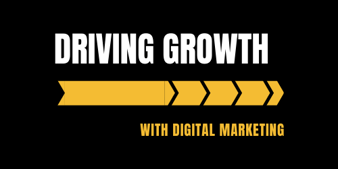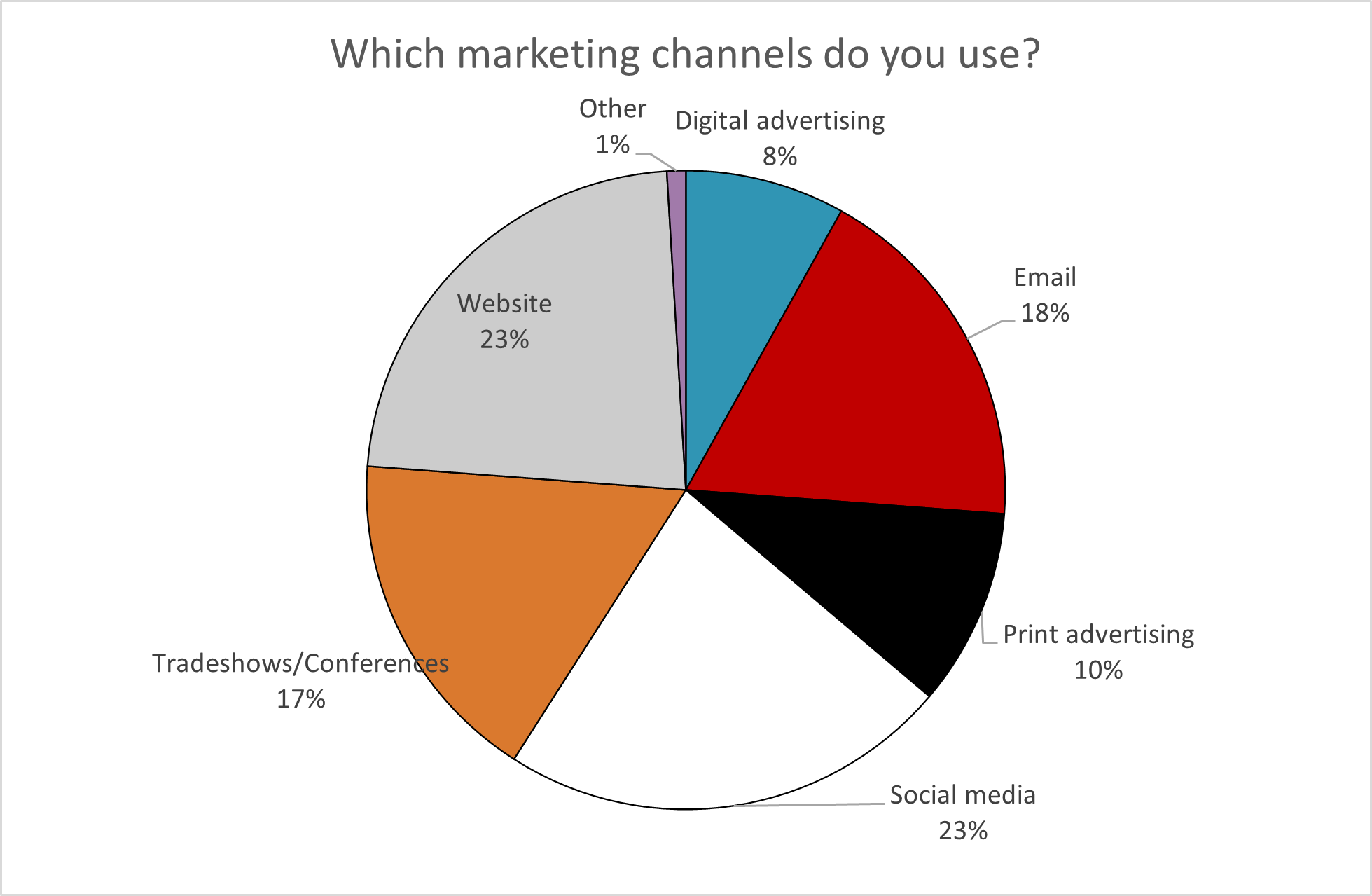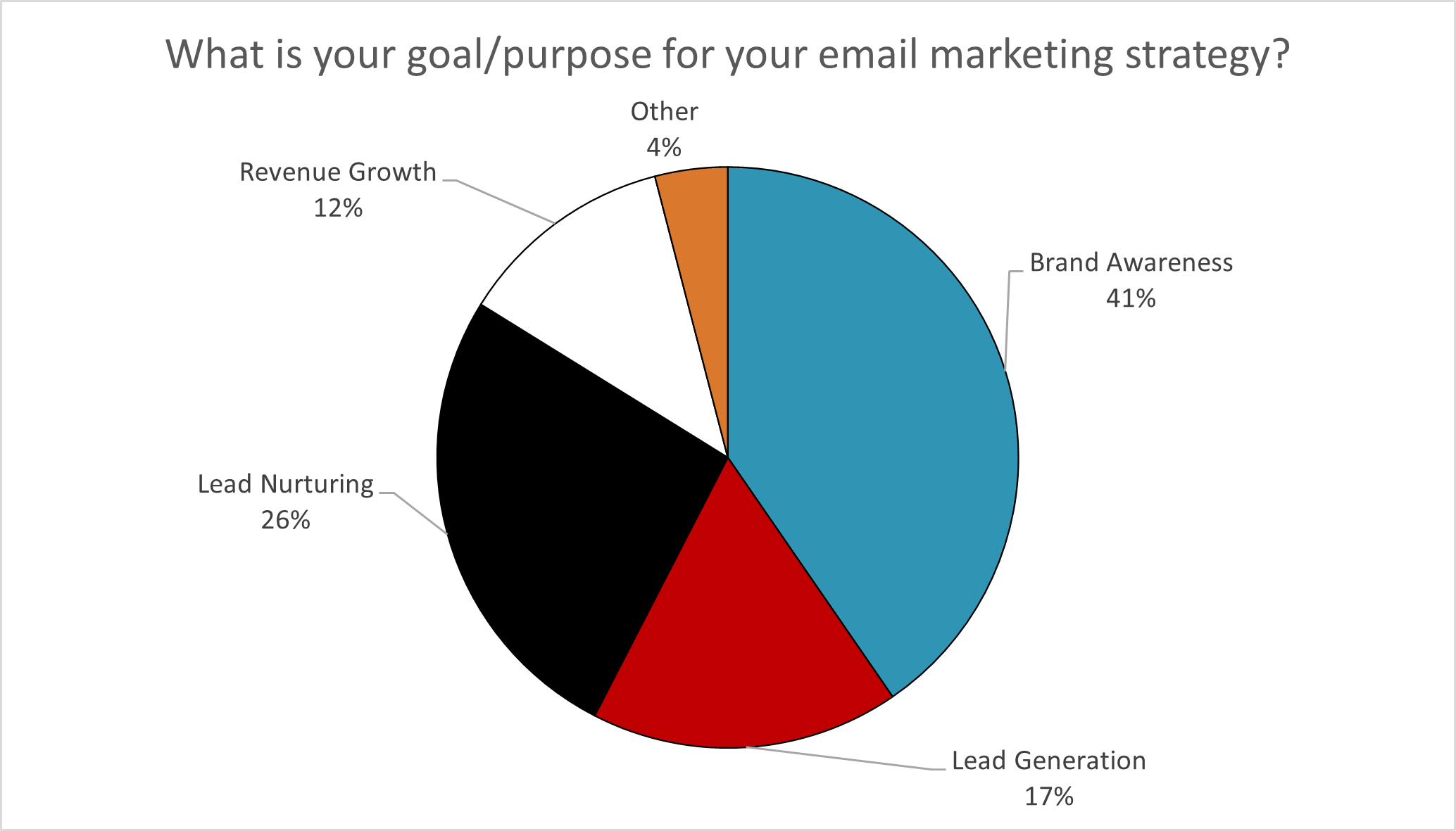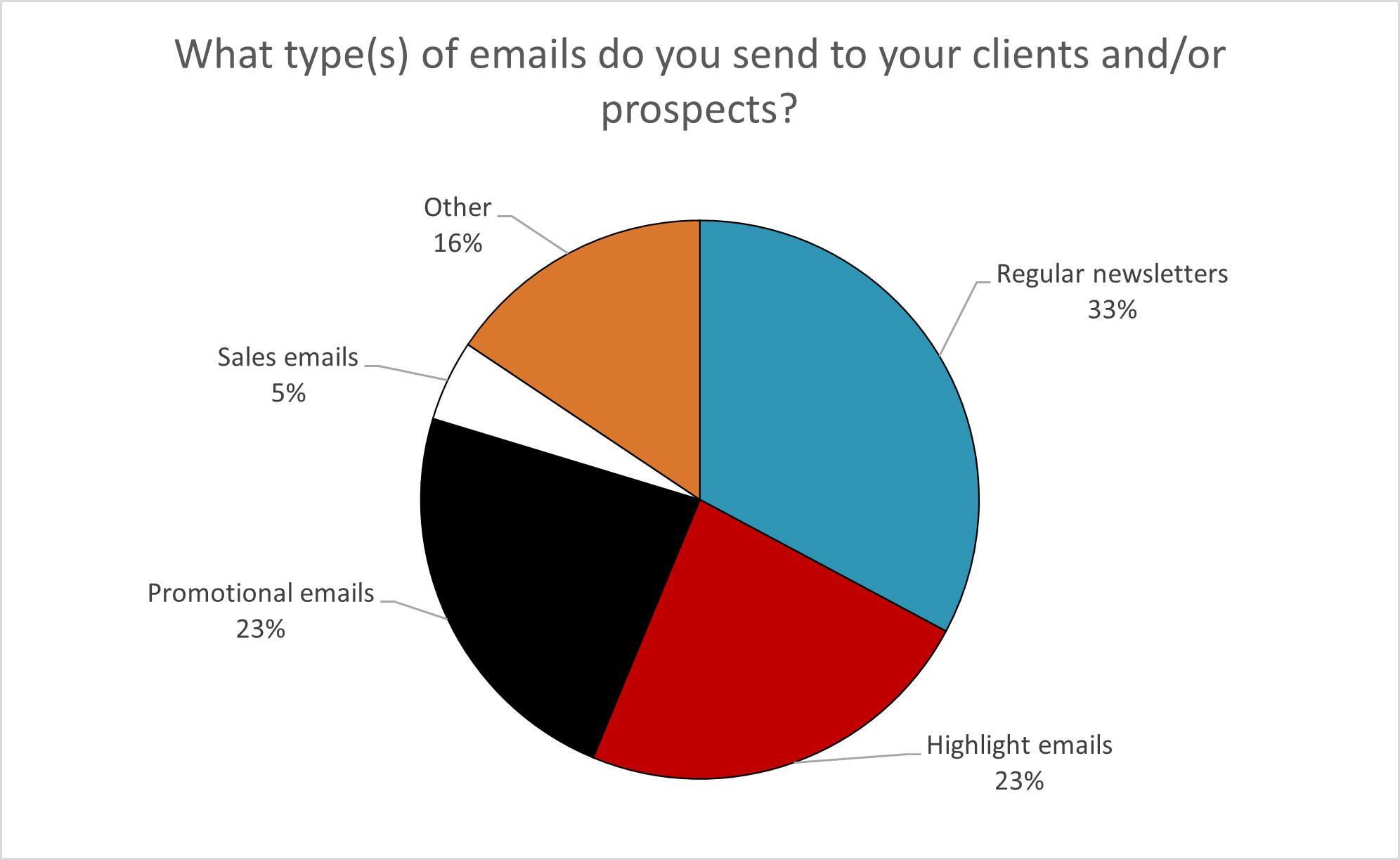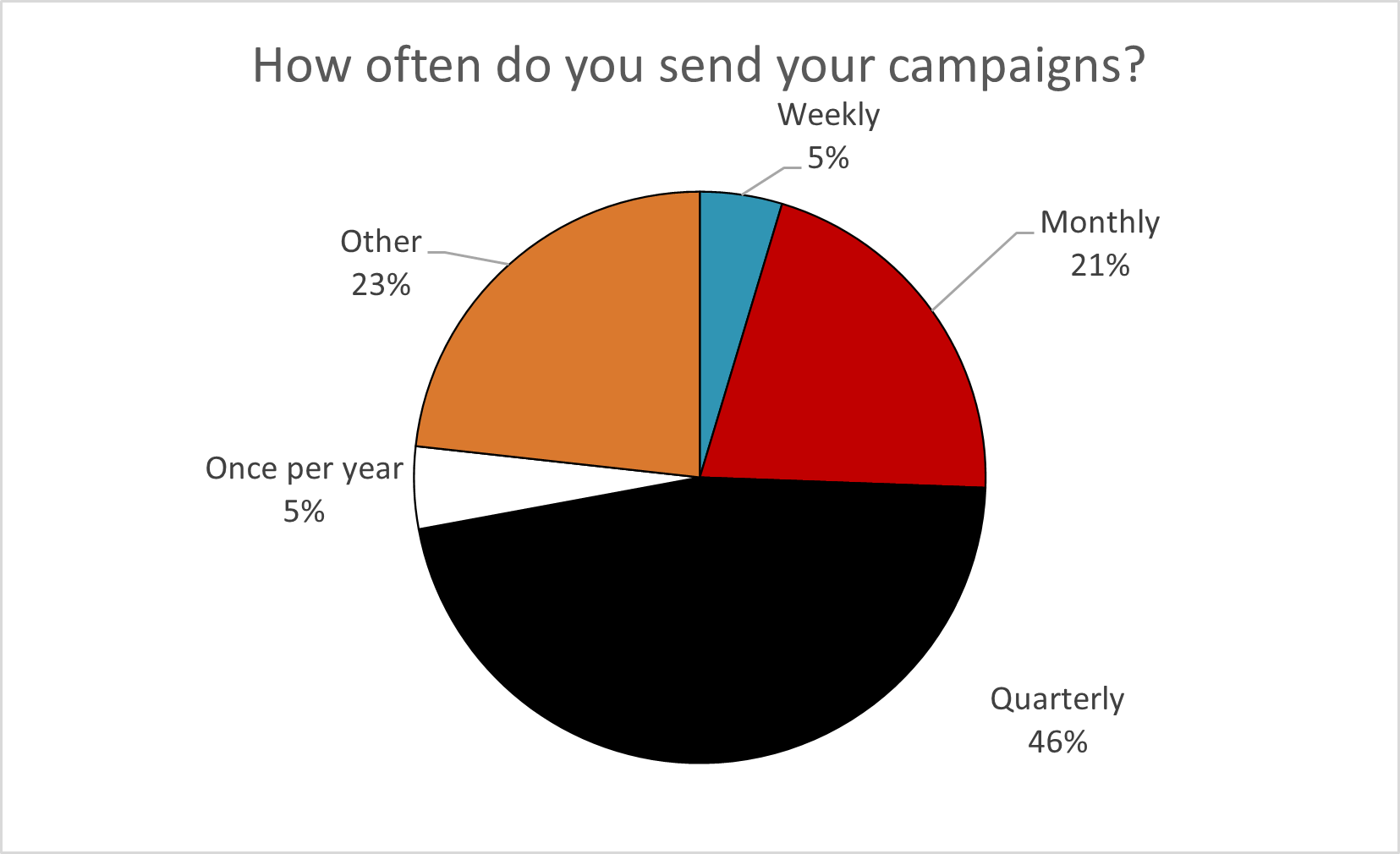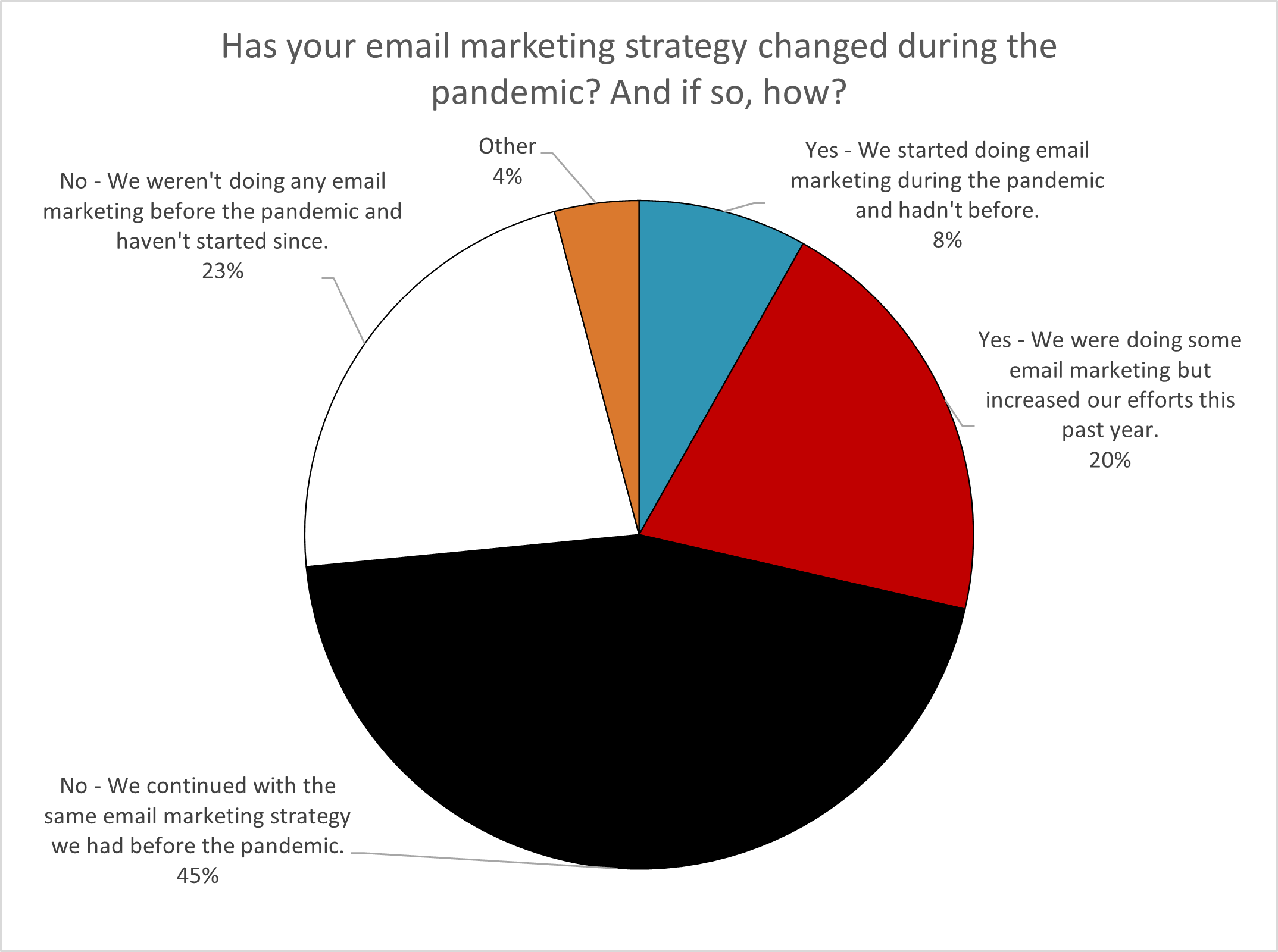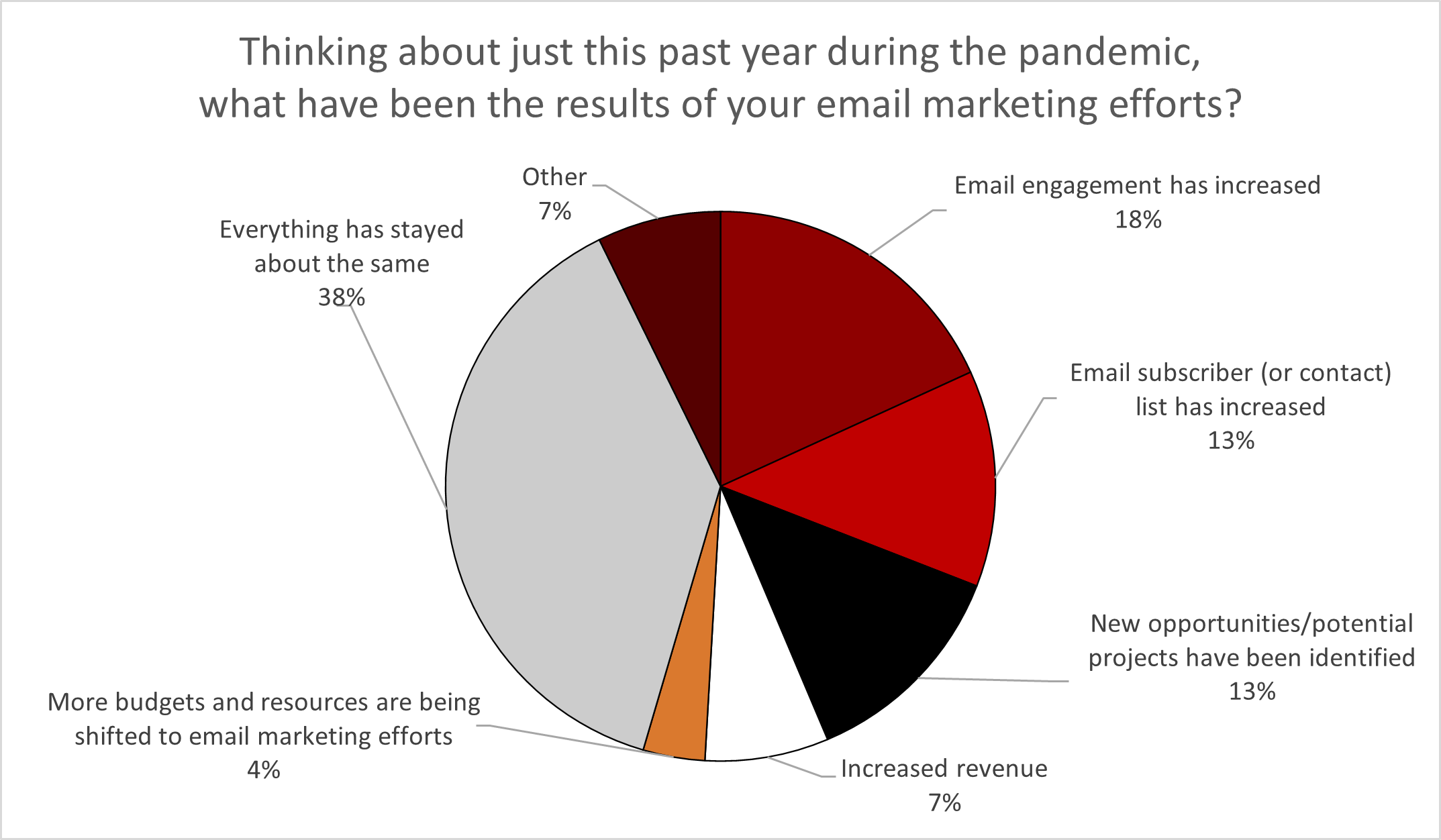Define Your Personas to Guide Marketing Strategies
Professional services firms don’t just make a product that one consumer is going to purchase. The services that the firms sell are complex and involve different decision makers who have different needs and goals. Successful firms don’t just know who those decision makers are, but rather, develop personas that guide their marketing strategies.

This article will dive deeper into what personas are, how to develop personas, and how they are used to help create marketing strategies This is the second article in the Driving Growth with Digital Marketing series.
What is a Persona?
According to HubSpot, a buyer persona is a fictional, generalized representation of an ideal client. The persona helps firms understand their clients and prospective clients better making it easier for them to develop content to the specific needs, behaviors, and concerns of different groups.
Personas are based on insight gathered from existing clients and market research done by marketing, business development or outside resources. Due to the nature of project-based firms who pursue projects with multiple decision-makers, most firms will have multiple personas.
How to Create Personas
The first step in creating a persona is asking specific questions about current and ideal clients to find out as much as possible about who they are and how they interact with your firm. This can be completed through research, surveys, and interviews by a mix of clients, prospects, and those outside the CRM who might align with the target audience.
Potential methods for gathering information needed to develop personas are:
- Look through the contacts database (CRM) to uncover trends about how certain clients find and consume marketing content.
- Use form fields that capture persona information when creating website forms. For example, if the persona varies based agency role, ask each lead for information about their role at their agency on the website form.
- Ask for feedback from the business development team about the leads and contacts they’re interacting with the most. What generalizations can they make about the different types of contacts served by the firm?
- Ask for feedback from project managers and other project delivery teams. What generalizations can they make about the different types of client contacts they work with?
- Interview clients and prospective clients to discover what they like about the services the firm offers.
Some example questions to ask during the information gathering phase:
- What is their profession?
- What does a typical day in their life look like?
- Where do they go for information?
- How do they prefer to obtain services?
- What is important to them when choosing a firm?
- What do they value most?
- What are their goals?
Use this information to identify patterns and commonalities. Then the persona can begin to be recorded (written down!). This can include information such as:
- Basic demographic information – Age? Income? Location? Gender identity?
- Background – Job? Career path? Family? Lifestyle?
- Identifiers – Communication preferences? Social media platforms?
- Challenges – What does this person struggle in relation to meeting goals? What serves as a roadblock for this person’s success?
- What can we do – To help this persona achieve their goals? To help this persona overcome their challenges?
- Goals – Primary/secondary goals? Personal vs. professional goals? Role-related vs. company goals?
Once the persona is created share it with marketing, business development, executives, and operations to ensure the entire firm has the same view of the ideal client.
How are Personas Used to Guide Marketing Strategies?
Personas allow firms to personalize or target marketing for different segments. For example, instead of sending a monthly newsletter to all contacts in a CRM system, firms can segment by personas and tailor the newsletter content according to what is known about each persona.
Let’s say a firm called ACME Engineering has personas that include facilities directors, permitting coordinators, and prime architects. These personas have different specific needs, behaviors, and concerns, as one would assume. Sending a monthly newsletter that contains the same content to the entire list, wouldn’t be as well received as if ACME Engineering changed the newsletter content slightly that each project feature or blog article was written specifically with that persona in mind.
Other uses for personas for marketing include:
- Building effective content marketing strategies by focusing on keyword research efforts.
- Identifying and prioritizing the most relevant promotional activities.
- Timing marketing campaigns for peak engagement rates.
- Publishing content and advertisements on the channels (email, social media, etc.) most frequented by personas.
- Personalizing marketing automation efforts.
- Refining copywriting to reflect improved SEO strategies.
When the personas are used correctly, personas allow firms to produce highly targeted content that leads to better responses from new and repeat clients. And there is data to prove this. According to research from Single Grain, companies who used personas saw:
- Websites were 2-5 times more effective.
- Personalized emails had a 14% higher click-through rate (CRT).
- Conversion rates* were 10% higher.
Using Personas Throughout the Firm
While this article focuses on the persona for marketing’s use, once the personas are defined, they can be used throughout the project lifecycle.
- Business Development – Personas are valuable to anyone in the firm who is client facing. From crafting one-on-one message and building rapport to understanding the persona on a deeper level allows the business developer to be better prepared to address the client’s concerns.
- Project Delivery – Just because the firm won the project, the firm shouldn’t stop building the relationship with the client. Because of this, involve project management team members in the persona development process so that it can be tailored to the project delivery process in your firm.
Persona is the Foundation for Driving Revenue Growth
Having a deep understanding of the personas is the foundation for building a digital marketing strategy. It’s critical to driving content creation, seeking out new clients and prospects, building relationships, delivering the projects, and really anything that relates to client acquisition and retention.
This is the second article in the Driving Growth with Digital Marketing series. In this series, marketers and principals will learn how to develop a digital marketing program that is right for their firm. Sign up below to be notified when a new resource in the series becomes available.
*Conversion rates can mean that someone took an action on a call to action. This can be filling out a form, clicking a link, etc.



